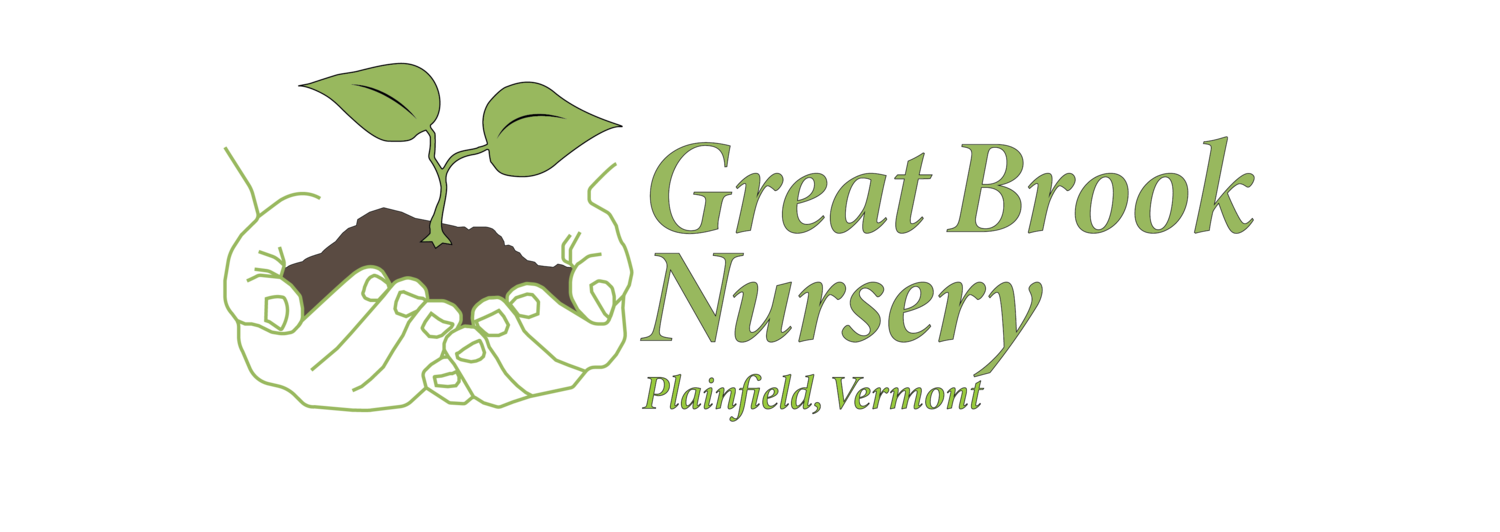 Image 1 of 3
Image 1 of 3

 Image 2 of 3
Image 2 of 3

 Image 3 of 3
Image 3 of 3




Podophyllum (Berberidaceae)
Known commonly as Mayapple, it is a genus of about 9 species with the classic distribution of Eastern Asia and eastern North America. In the northeastern US, P. peltatum, is a well known spring bloomer with a simple white flower that hangs under umbrella shaped foliage in Spring. It grows in a shady, woodland garden with deep rich soil. The plant will slowly colonize by creeping rhizomes in a favorable location. The foliage persists all summer and the flower becomes a yellow orange fruit as its common name implies. All parts are considered toxic except for the ripe fruit. The Asian species, which make up the rest of the distribution, have several garden worthy plants. We have been propagating P. hexandrum that emerges with mottled purple/ brown foliage and white or light pink flowers that sits atop instead of hiding below the foliage. It is also has a more clumping habit with less rhizomatous roots making it better for a small garden. Choice!
AVAILABLE THIS YEAR
P. hexandrum - Himalayan mayapple. Leaves modeled purple. Pale pink flower. Followed by fleshy, ovoid fruit.
P. hexandrum - Less mottled leaf form than above. Nice clumping plant.
P. peltatum - American mandrake or mayapple. Colonizing, native woodland plant of the eastern US. Fruit considered edible.
P. hexandrum sold in quarts. P. peltatum sold in 8”×4”” box.
Known commonly as Mayapple, it is a genus of about 9 species with the classic distribution of Eastern Asia and eastern North America. In the northeastern US, P. peltatum, is a well known spring bloomer with a simple white flower that hangs under umbrella shaped foliage in Spring. It grows in a shady, woodland garden with deep rich soil. The plant will slowly colonize by creeping rhizomes in a favorable location. The foliage persists all summer and the flower becomes a yellow orange fruit as its common name implies. All parts are considered toxic except for the ripe fruit. The Asian species, which make up the rest of the distribution, have several garden worthy plants. We have been propagating P. hexandrum that emerges with mottled purple/ brown foliage and white or light pink flowers that sits atop instead of hiding below the foliage. It is also has a more clumping habit with less rhizomatous roots making it better for a small garden. Choice!
AVAILABLE THIS YEAR
P. hexandrum - Himalayan mayapple. Leaves modeled purple. Pale pink flower. Followed by fleshy, ovoid fruit.
P. hexandrum - Less mottled leaf form than above. Nice clumping plant.
P. peltatum - American mandrake or mayapple. Colonizing, native woodland plant of the eastern US. Fruit considered edible.
P. hexandrum sold in quarts. P. peltatum sold in 8”×4”” box.
Known commonly as Mayapple, it is a genus of about 9 species with the classic distribution of Eastern Asia and eastern North America. In the northeastern US, P. peltatum, is a well known spring bloomer with a simple white flower that hangs under umbrella shaped foliage in Spring. It grows in a shady, woodland garden with deep rich soil. The plant will slowly colonize by creeping rhizomes in a favorable location. The foliage persists all summer and the flower becomes a yellow orange fruit as its common name implies. All parts are considered toxic except for the ripe fruit. The Asian species, which make up the rest of the distribution, have several garden worthy plants. We have been propagating P. hexandrum that emerges with mottled purple/ brown foliage and white or light pink flowers that sits atop instead of hiding below the foliage. It is also has a more clumping habit with less rhizomatous roots making it better for a small garden. Choice!
AVAILABLE THIS YEAR
P. hexandrum - Himalayan mayapple. Leaves modeled purple. Pale pink flower. Followed by fleshy, ovoid fruit.
P. hexandrum - Less mottled leaf form than above. Nice clumping plant.
P. peltatum - American mandrake or mayapple. Colonizing, native woodland plant of the eastern US. Fruit considered edible.
P. hexandrum sold in quarts. P. peltatum sold in 8”×4”” box.

